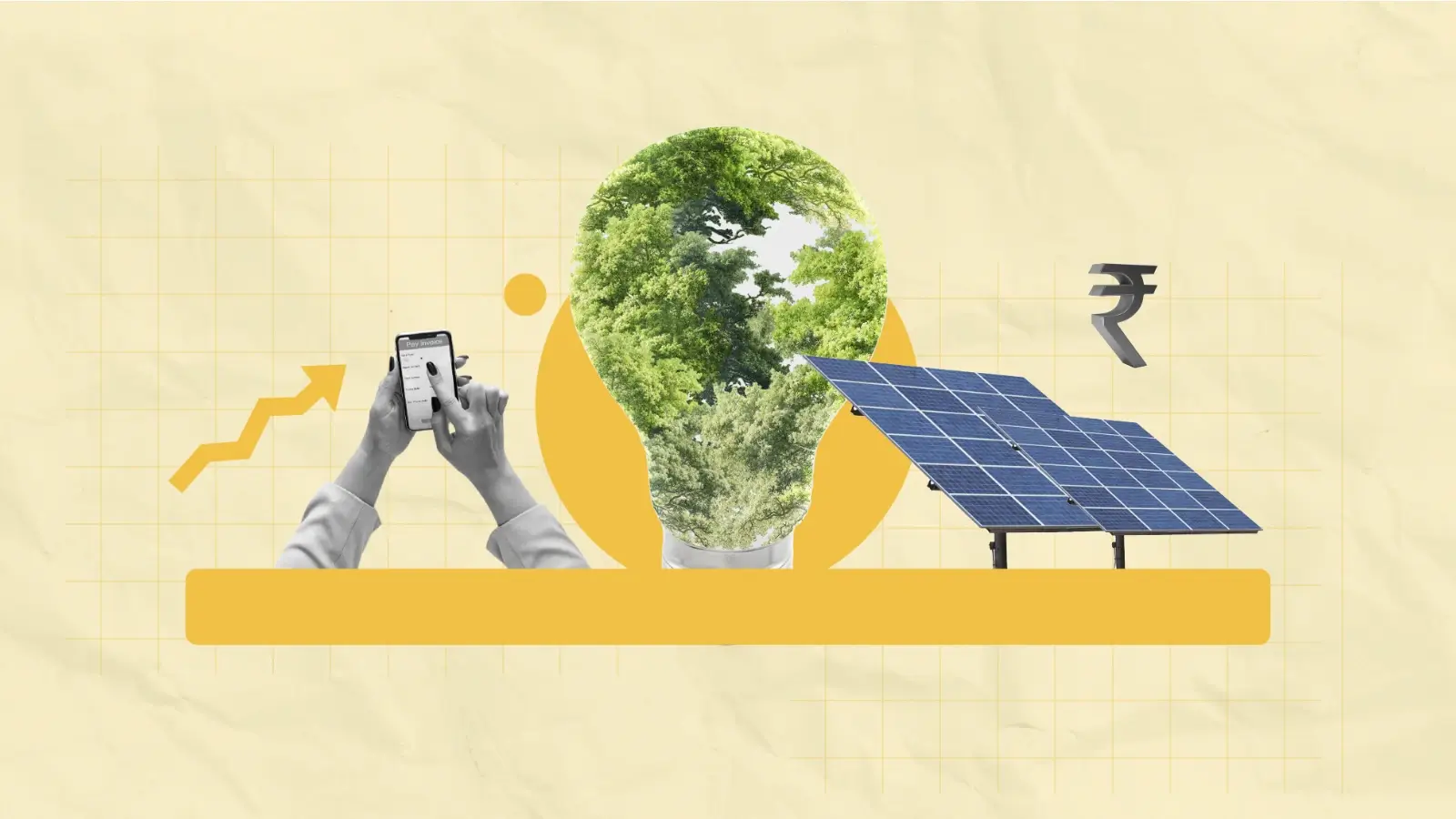


The IRA project is estimated to be around $85B per year in tax attributes by the year 2031. The ever-rising popularity of the transferable tax credits has transformed the clean energy production on US soil. New investors and a broader capital pool have diversified the clean energy infrastructure. This major evolution has also transformed how corporations, taxpayers, and investors approach tax planning and financing. With the option of selling your unused tax credits to a third party for cash, several new aspects and factors have been unlocked. It has given rise to a dynamic market where fiscal policy meets private enterprise.
No matter the reason, if you are stepping into the market, understanding the popular trends and pricing mechanisms is essential. This guide will shine a light on some key market trends and other factors that can help you maximize your profits.
The transferable tax credits trading allows taxpayers to sell their tax credits to buyers with high tax liabilities. This double-edged sword helps improve liquidity for the seller and is a cost-effective tax reduction opportunity for the buyer. Initially, introduced to popularize the investment in clean energy production, these credits have extended to sectors like infrastructure. This popularity has also led to a more structured and transparent market.
Transferable tax credits are often valued at a discounted rate to their 1 dollar face value to attract buyers. For instance, a $0.94 TTC price means a 6% discount to the face value of the repetitive credit. However, most buyers do not wish to pay above the face value and request the seller to bear all the extra costs, including:
The price of the transferable credits is determined by multiple factors in the private market. From the cash flow to the specifications of the project, each factor can either increase or decrease your trading prices:
It is the tale as old as time; the more risk is associated with a project, the lower the price in the market. Here are some examples of different types of risks and their effects on the discount rates of the project:
|
Factor |
Description |
Impact on Pricing / Discount |
|
Type of Credit (ITC vs. PTC) |
Investment Tax Credits (ITCs) are more complex than Production Tax Credits (PTCs) due to cost basis risk and recapture risk. |
ITCs generally trade at a larger discount than PTCs. |
|
Risk Mitigation Measures |
Projects without strong indemnity agreements or tax credit insurance carry higher perceived risk. |
Such projects trade at a larger discount in the market. |
|
Technology Maturity |
Established technologies like wind, solar, and battery storage have a proven track record and broad buyer interest. |
These credits trade at smaller discounts compared to newer or less mature technologies. |
Smaller projects often attract fewer buyers and thus require the lure of lower prices in the market. For instance, a $10 million project may need to offer a higher discount than a $150 million project. In fact, the following table shows the average transferable tax credits prices in the year 2024:
|
Deal Size (USD) |
Average PTC Price ($) |
Average ITC Price ($) |
|
Less than $20 million |
0.921 |
0.900 |
|
$20 million – $50 million |
0.938 |
0.915 |
|
$50 million – $100 million |
0.948 |
0.924 |
|
$100 million – $150 million |
0.950 |
0.930 |
|
Greater than $150 million |
0.952 |
0.935 |
With most buyers looking to buy credits for the current fiscal year, sellers often give a good chunk of discount on future commitments. The next-year or multi-year commitments give confidence and security to the seller. It also saves them the cost of hiring a diligence and intermediary team for the upcoming year.
Speed and time are of the utmost essence in the private market. As a seller, if you can offer quick transactions and liquidity, then chances are buyers can accept competitive prices for your credits. On the other hand, if the transaction can be delayed or has to go through a complex procedure, buyers may ask for compensation with a discount.
While the transferability brings in fresh opportunities, it also comes with some inevitable risks and challenges:
In transferable tax credits, recapture risk arises if a project fails to meet eligibility requirements, which can lead to credit reclamation. Developers typically indemnify buyers against this risk, supported by insurance. Despite insurance coverage, buyers still assess project viability to ensure it remains operational throughout the five-year recapture period.
Just like the classic tax equity deals, the developer has to operate and maintain the eligible project during the recapture period. The seller has to honor all the promises or commitments made to the buyer after the deal is done. If the developer fails to do it or declare bankruptcy, the project can be recaptured.
A key risk is confirming that the stated project value qualifies for tax credits. Developers often increase a project’s value through a sale to a tax equity partnership before monetizing the credit. This common practice needs careful oversight, supported by EPC agreements, appraisals, and cost segregation reports.
With the growing attraction towards clean energy production, the market for the transferable credits is also evolving. Staying aware and well-informed will help you make smart choices both as a buyer and a seller. While there are some key challenges that you can face in trading, insurance can help tackle some of those.